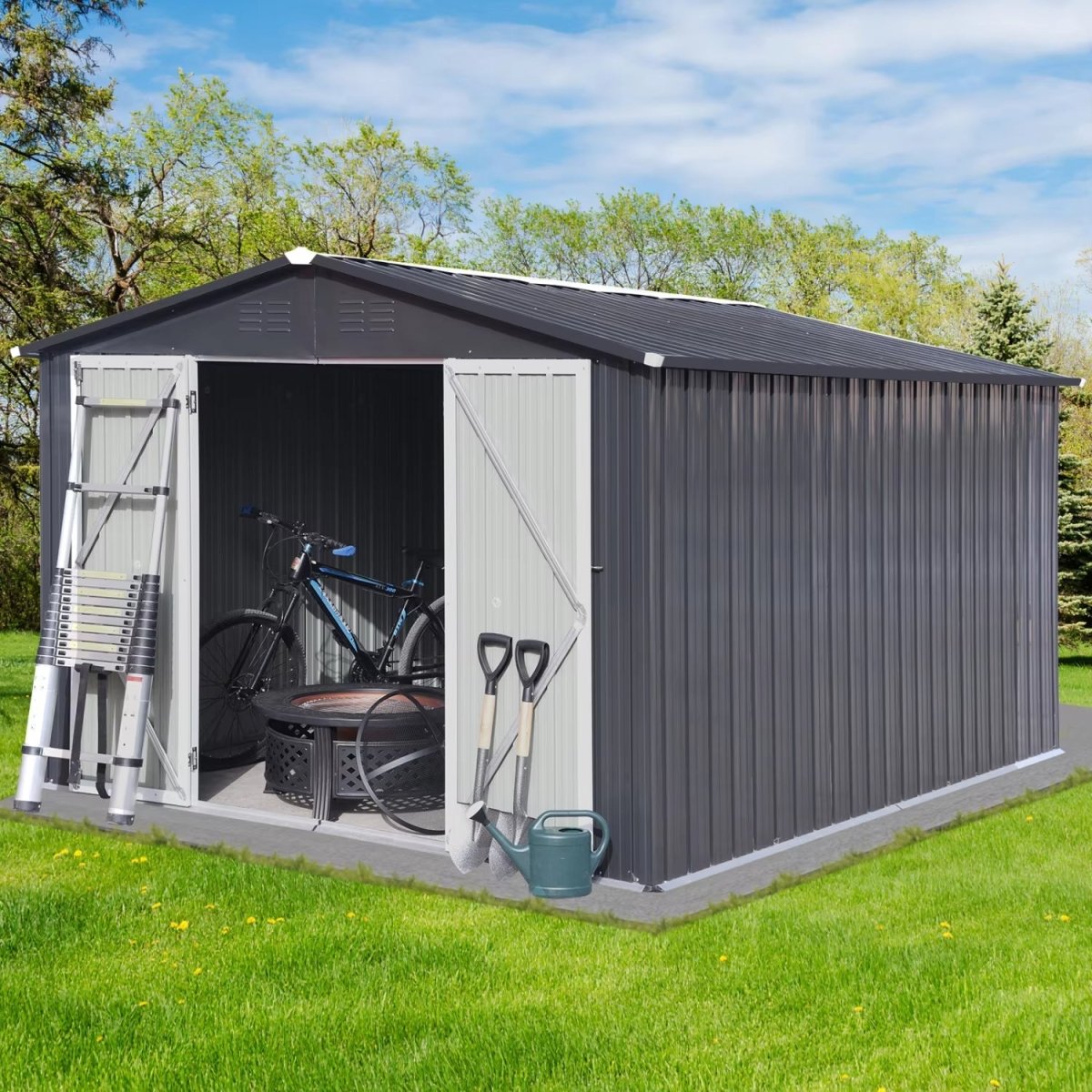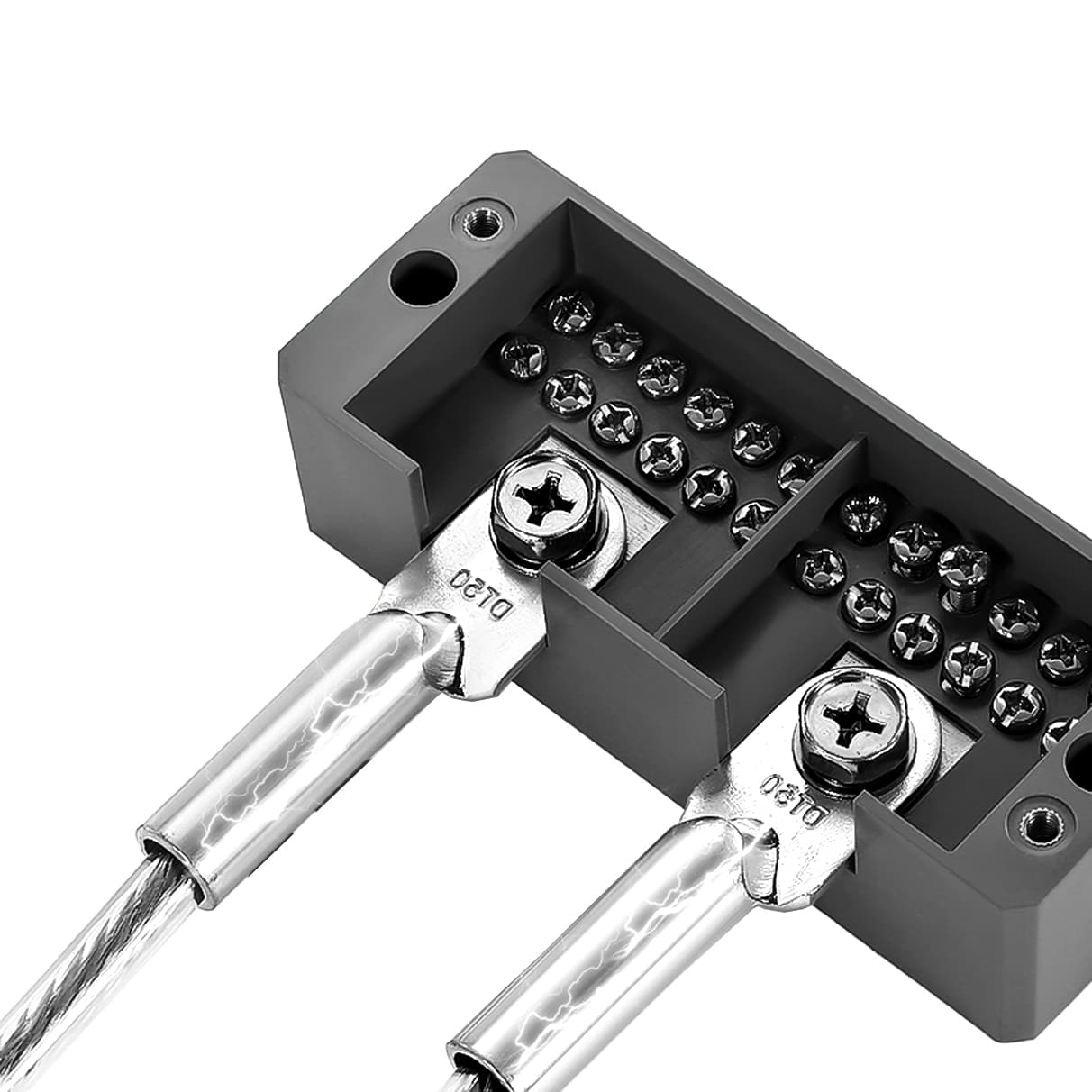The Best Wood Screws for Smart Woodworkers: A Complete Guide
Choosing the right wood screws is essential for any woodworking project. High-quality wood screws provide better grip, prevent splitting, and enhance the durability of your work. In this guide, we will explore the best wood screws available, their types, and how to select the perfect screws for your needs.
Why Choosing the Right Wood Screws Matters
Using the right wood screws ensures that your woodworking projects hold together securely and last longer. The correct screws help prevent wood splitting, provide a strong hold, and contribute to a professional finish.
Types of Wood Screws
Flat-Head Wood Screws
Best for: Projects requiring flush surfaces.
Features: Sits flat against the wood, reducing protrusions.
Uses: Furniture making, cabinetry, and general woodworking.
Round-Head Wood Screws
Best for: Applications where the screw head remains visible.
Features: Provides a strong, decorative finish.
Uses: Wooden fixtures, brackets, and furniture joints.
Self-Tapping Wood Screws
Best for: Quick and easy installation without pre-drilling.
Features: Cuts its own thread into the wood.
Uses: Attaching softwoods, particleboard, and MDF.
Brass Wood Screws
Best for: Decorative and corrosion-resistant applications.
Features: Offers a stylish, polished appearance.
Uses: Antique restoration, fine woodworking, and marine projects.
How to Choose the Best Wood Screws
Consider these factors when selecting wood screws:
Material
Choose stainless steel for rust resistance, brass for aesthetics, and zinc-coated screws for general durability.
Screw Length
Use screws at least twice the thickness of the material being fastened for maximum strength.
Thread Type
Coarse-threaded screws provide a better grip in softwoods, while fine-threaded screws work best with hardwoods.
Top Recommended Wood Screws
| Product | Features | |
|---|---|---|
| Flat-Head Wood Screws | Flush finish for smooth surfaces | |
| Round-Head Wood Screws | Strong hold with a decorative finish | |
| Self-Tapping Wood Screws | No pre-drilling required | |
| Brass Wood Screws | Corrosion-resistant with an elegant look |
How to Use Wood Screws Effectively
Pre-Drill Pilot Holes
Pre-drilling helps prevent wood from splitting and ensures a tighter fit.
Use the Right Tool
Choose a screwdriver or electric drill that matches the screw head type for easy installation.
Drive Screws at the Correct Angle
Ensure screws go straight into the wood for maximum hold and minimal damage.
Avoid Over-Tightening
Over-tightening can strip the screw hole and weaken the connection.
Common Mistakes and How to Avoid Them
| Mistake | Solution |
|---|---|
| Using the wrong screw type | Select screws designed for wood applications. |
| Not pre-drilling pilot holes | Use a drill bit slightly smaller than the screw diameter. |
| Over-tightening screws | Stop tightening once the screw is secure but not damaging the wood. |
FAQ: Frequently Asked Questions
What is the best screw size for wood projects?
The ideal size depends on the thickness of the material. A general rule is to use screws at least twice as long as the wood thickness.
Can I use drywall screws for wood projects?
Drywall screws are not recommended for wood applications as they are brittle and can snap under pressure.
How do I prevent screws from splitting wood?
Pre-drilling a pilot hole and using screws with a tapered point can help minimize wood splitting.
Conclusion
Wood screws are a fundamental part of any woodworking project. Choosing the right type, material, and size ensures durability and a professional finish. Explore our selection of top-rated wood screws to elevate your woodworking craftsmanship.








